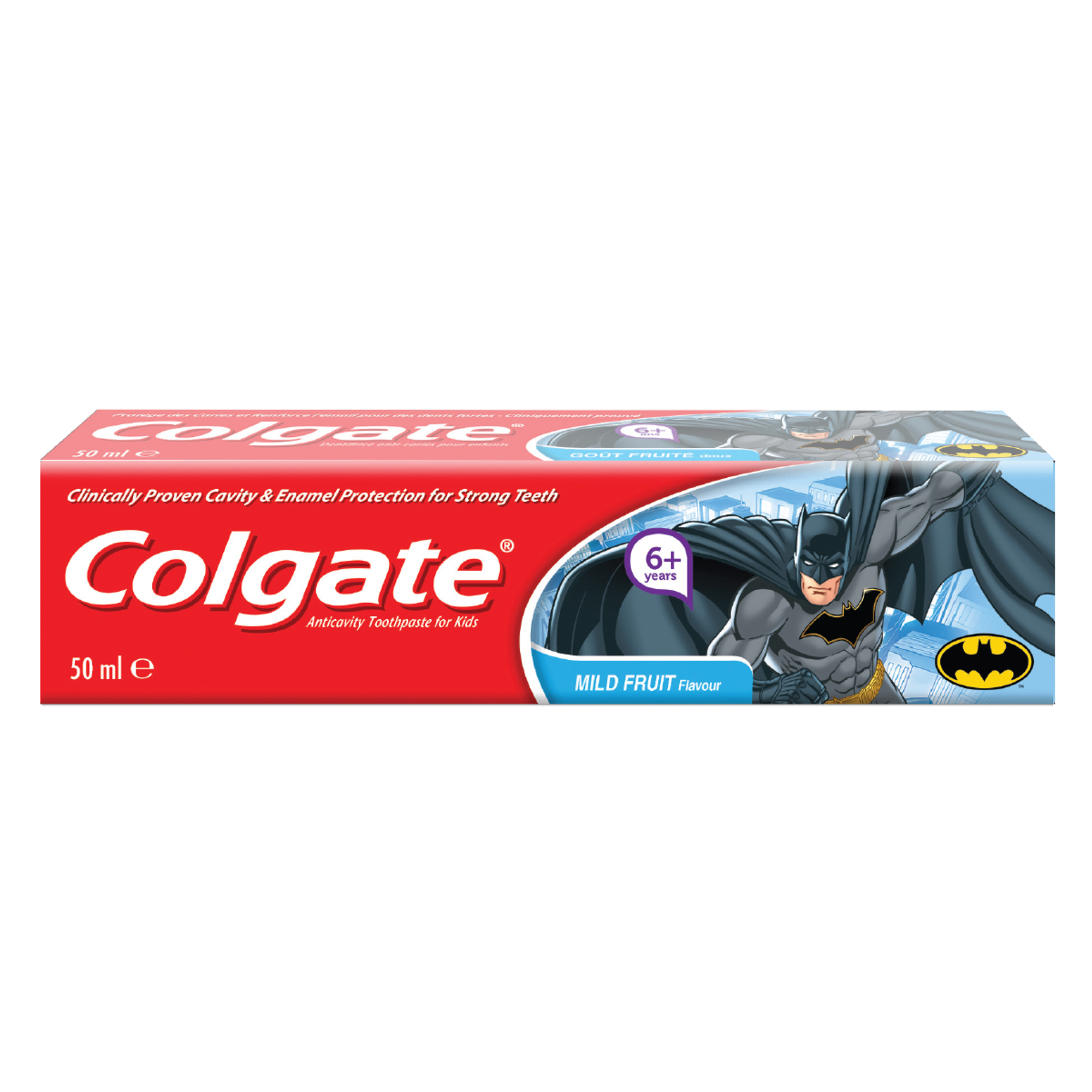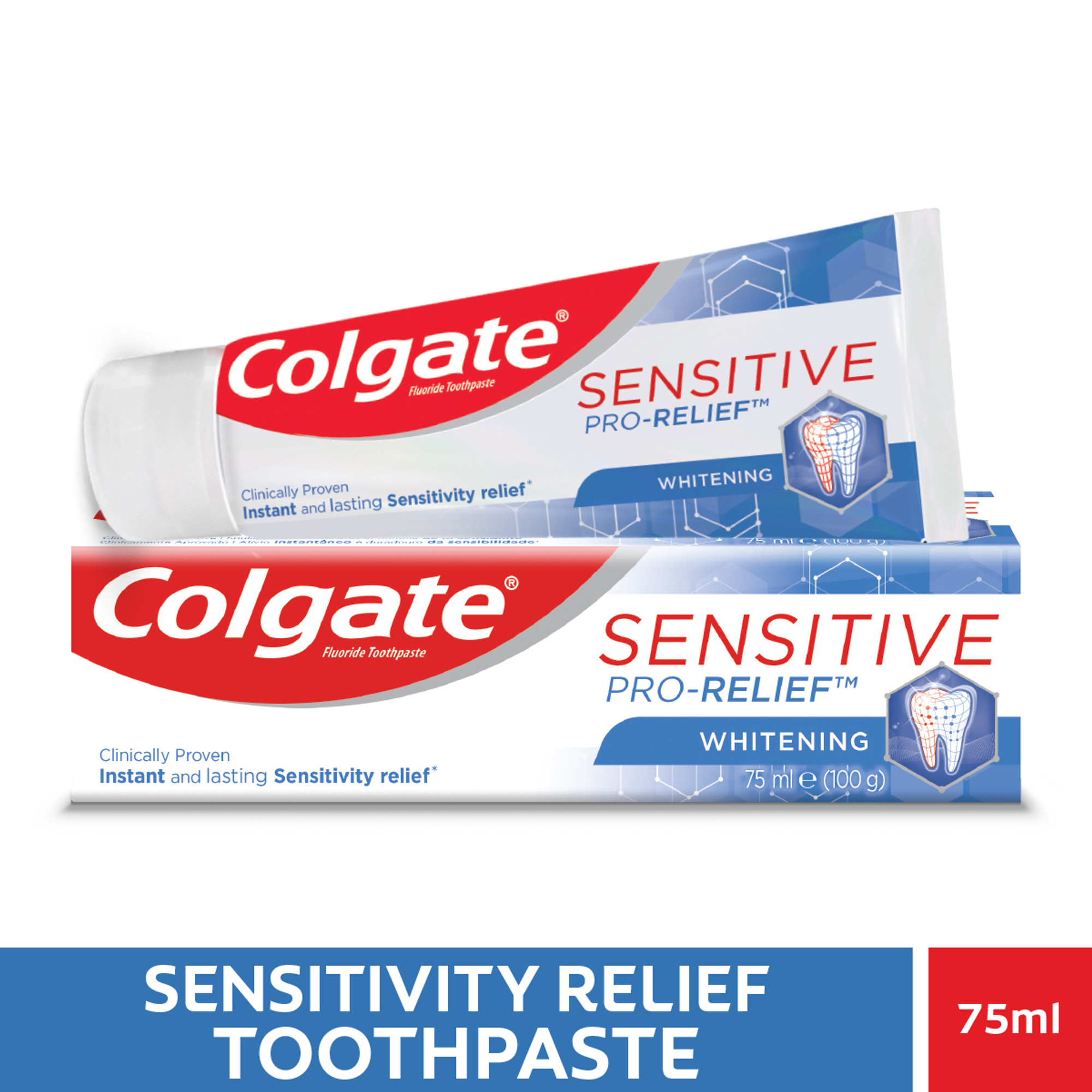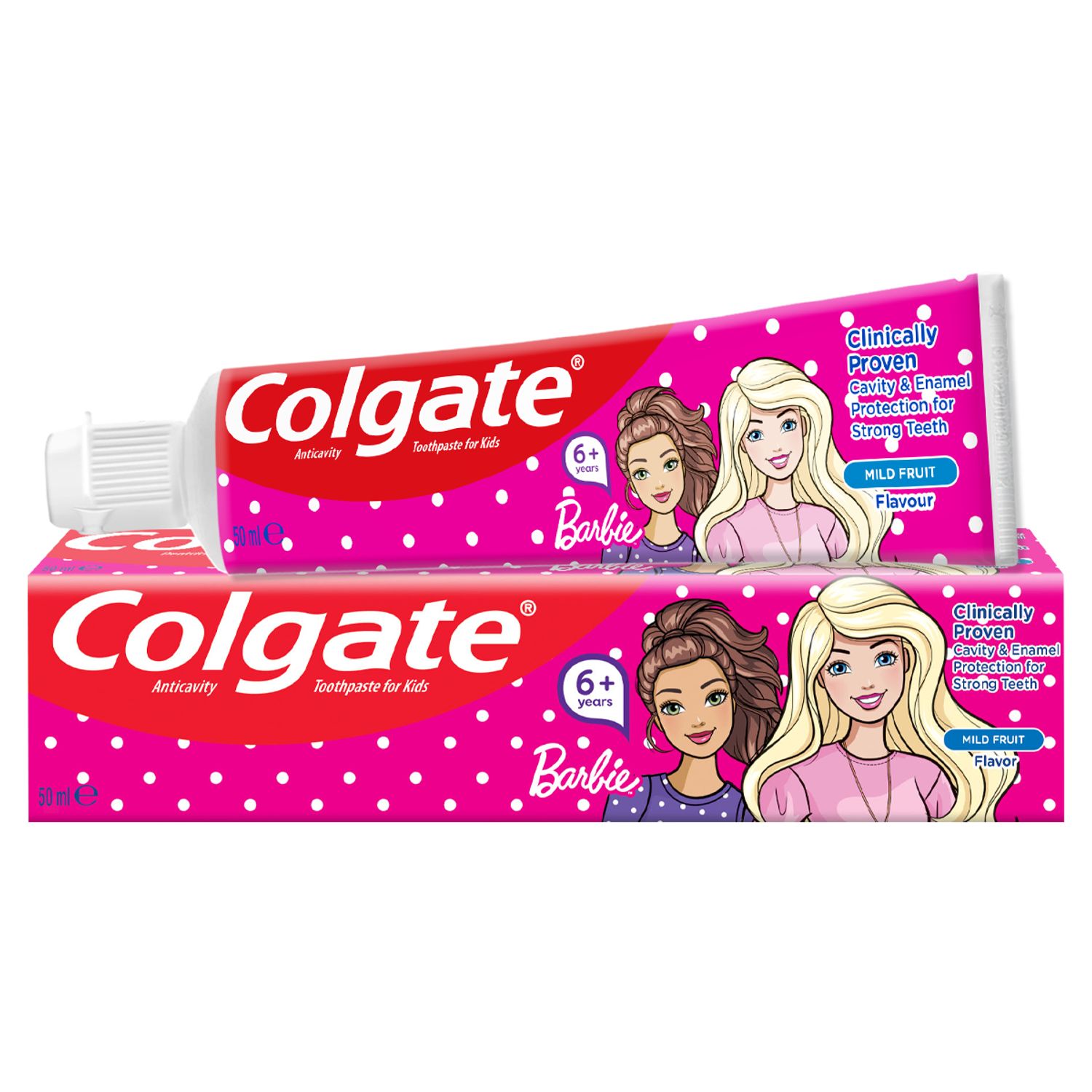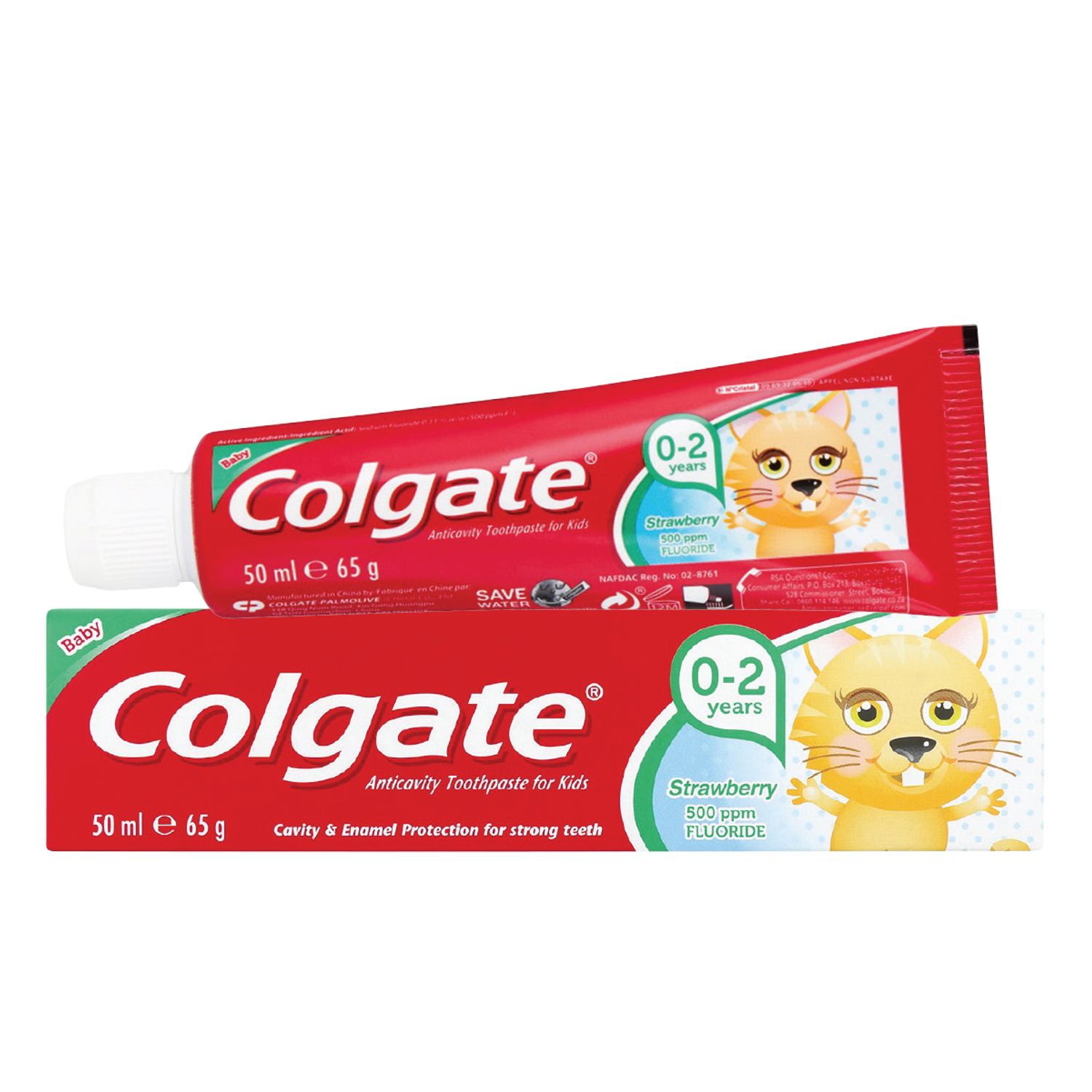-
-

CAVITIES
Can You Heal A Cavity At Home?You feel a sharp pain when you bite down or try to eat. You think it's a cavity, but you're not 100 percent sure...

BAD BREATH
How To Cure Bad BreathMore commonly known as bad breath, halitosis is an embarrassing hygiene issue that nobody wants, but some of us get every now and then...
-
Science & Innovation
- Colgate® | Toothpaste, Toothbrushes & Oral Care Resources
- Oral Health
- Teething Ring Safety Tips
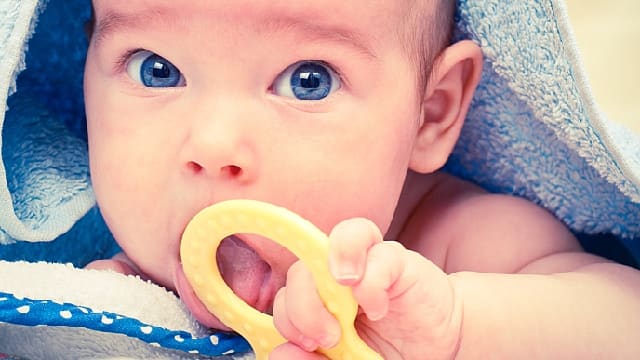

If you have a newborn, you'll know the wailing and pain teething causes a little one. The gums around new teeth feel sore and, during this time, babies want to chew on hard objects like teething rings. A baby's first teeth will appear between the ages of four and seven months. A teething ring is safe for your baby as long as you follow these four safety tips.
Four Teething Ring Tips
1. Don't Freeze Teething Rings
Cool objects can help relieve your baby's sore gums, it is advised never to freeze teething rings. Frozen rings are very firm and may bruise your baby's delicate gums. The extreme cold can also lead to frostbite on your baby's lips or gums. To avoid these problems, give your baby a refrigerated teething ring instead of a frozen one. The cool temperature relieves discomfort, but it won't be cold enough to cause harm.
2. Avoid Toxic Chemicals
Some teethers and teething rings contain potentially dangerous chemicals like phthalates. Phthalates are added to plastic products to soften them, but they leach out over time and can be ingested. Animal studies show that phthalate exposure in utero leads to birth defects, low birth weight and future fertility issues, and ongoing studies are looking into the links between phthalates exposure and asthma, obesity, early puberty and other health problems. Due to the potential risk, Europe has banned phthalates in baby products, but the United States (except California) permits their use.
To avoid phthalates, read the labels on teething rings. It can be listed as phthalates, bisphenol A (BPA) or even fragrance. If the label is unclear, call the manufacturer of the product to confirm.
3. Avoid Liquid-Filled Teething Rings
For your baby's safety, it is recommended avoiding teething rings filled with liquid. The force of your baby's chewing can break open the teething ring and allow the liquid to spill out. This liquid presents a potential choking hazard and may even be contaminated. Some liquid-filled teething rings have been recalled in the past due to the liquid being contaminated with germs.Instead, give your baby a teething ring made of firm rubber.
4. Avoid Small Pieces
Teething rings with small parts present a choking hazard for babies. Some teething rings are decorated with beads, rattles or other decorations; while these are entertaining, they're also potentially dangerous. Some rings are presented as a choking hazard. If your baby's chewing causes small parts to dislodge, they could get lodged in the throat. For increased safety, stick to solid, one-piece teething rings with no small parts.
Teething can be an unpleasant time for both you and your baby, but teething rings help soothe sore gums. Make sure to supervise your baby while he or she is using a teething ring to ensure their safety. Once your baby's teeth grow in, make sure to brush them every day with a soft brush and infant-safe toothpaste. Keeping your baby's teeth clean at home, along with regular visits to a dentist, can set your child up for a lifetime of healthy teeth and gums.
Related Products

Helping dental professionals
More professionals across the world trust Colgate. Find resources, products, and information to give your patients a healthier future







